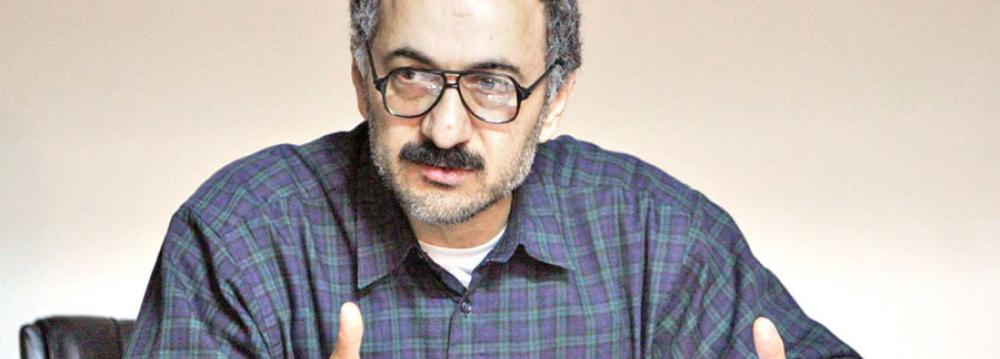Iran’s gross domestic product grew 7.4% during the first half of the current Iranian year (started March 20) compared with the corresponding period of last year, the Central Bank of Iran said in its latest report. This is the biggest economic growth rate Iran has experienced since the fiscal March 2002-3, says acclaimed economist, Saeed Leylaz, in an opinion piece published on the website of Tehran Chamber of Commerce, Industries, Mines and Agriculture.
Leylaz poses the critical question: Why this high economic growth has not been tangible for ordinary people?
“The economic downtrend experienced during the years March 2012-14 was so grave that despite all the economic achievements made in the past three and a half years [since President Hassan Rouhani took office], we can only hope that by the end of this year we’ll reach the same level of production achieved in March 2011-12,” he said.
“Seen in the light of per capita income, a minimum of three to four years is needed for the national purchasing power to be restored, although it will take five years to revive the purchasing power of workers and 10 years to revive that of the civil servants.”
Most of the growth during the first half came from the oil sector, the CBI report shows. The bank, however, has yet to release sector-by-sector growth rates for the period.
“Although the oil sector was the hero of this year’s economic growth, it was not unaided,” he said.
According to Leylaz, during the past three years, the average added-value in the agriculture sector stood at 5% and the trend will continue this year.
“The increase in wheat production and replacing imports of over 7 million tons of the product in the past years with exports of the crop this year are only one of the achievements in the field,” he said.
Referring to the growth in automotive sector, Leylaz said production in this sector saw a 30% rise in H1 compared with the corresponding period of last year, accounting for 0.8%-1% of the total growth rate during the period.
“The growth is expected to continue in the second half of the year to reach between 1% and 2%,” he said.
The economist also believes there is proof that added-value in the construction sector has either had an increase or the downward movement has ceased.
“Statistics show a 5% rise in the number of building construction permits issued over the first three months of the current year compared with the similar period of last year,” he said.
Like many other economists, Leylaz believes the strong growth rate owes to the economic policies of President Hassan Rouhani’s administration. For one thing, the rebound in oil production would have been impossible without the restoration of Iran’s economic ties with the world, as a result of the historic nuclear deal the Rouhani team signed with world powers last year, which eventually led to the removal of more than a decade of economic sanctions against the Islamic Republic.
“The figures pertaining to the economic growth in the first half of the year justly reflect the correct economic and diplomatic approaches and policies of President Hassan Rouhani and his Cabinet over the past three and a half years. Iran now stands alongside India and above China as one of the most burgeoning economies in the world,” he said.
“This statistical reality shows that Iran’s economy has entered a blooming season, thanks to the guided planning of Rouhani’s government. If the trend persists, we can be hopeful that the mismanagements of the past decade can be compensated for,” he added, referring to the economic chaos brought upon the country by the previous administration.
Leylaz believes the vicious legacies of the former administration, namely corruption, lack of productivity, reluctance of the private sector to invest in the domestic economy, poverty and class discrimination, still linger.
“These impeding factors have not yet been completely or even partially eradicated and each one of them can stand as a barrier in the way of economic growths of the years to come,” he concludes.


